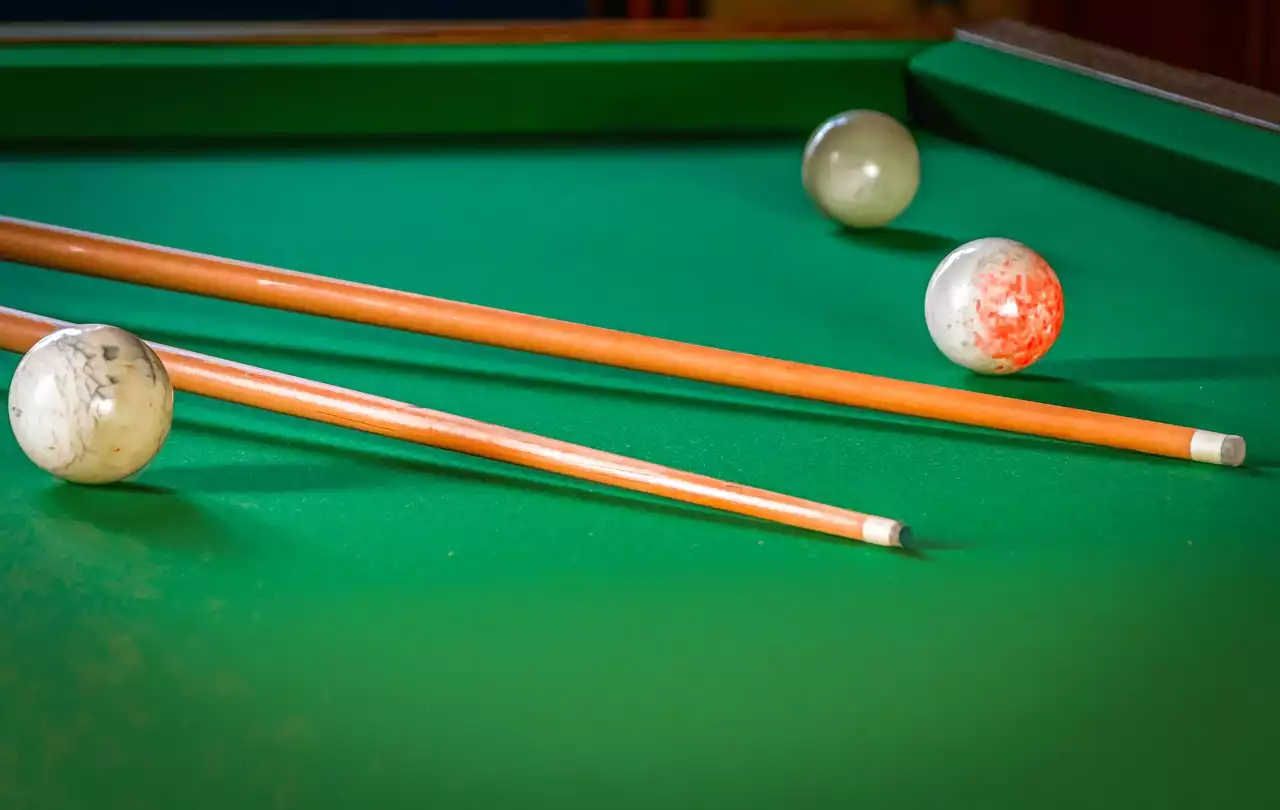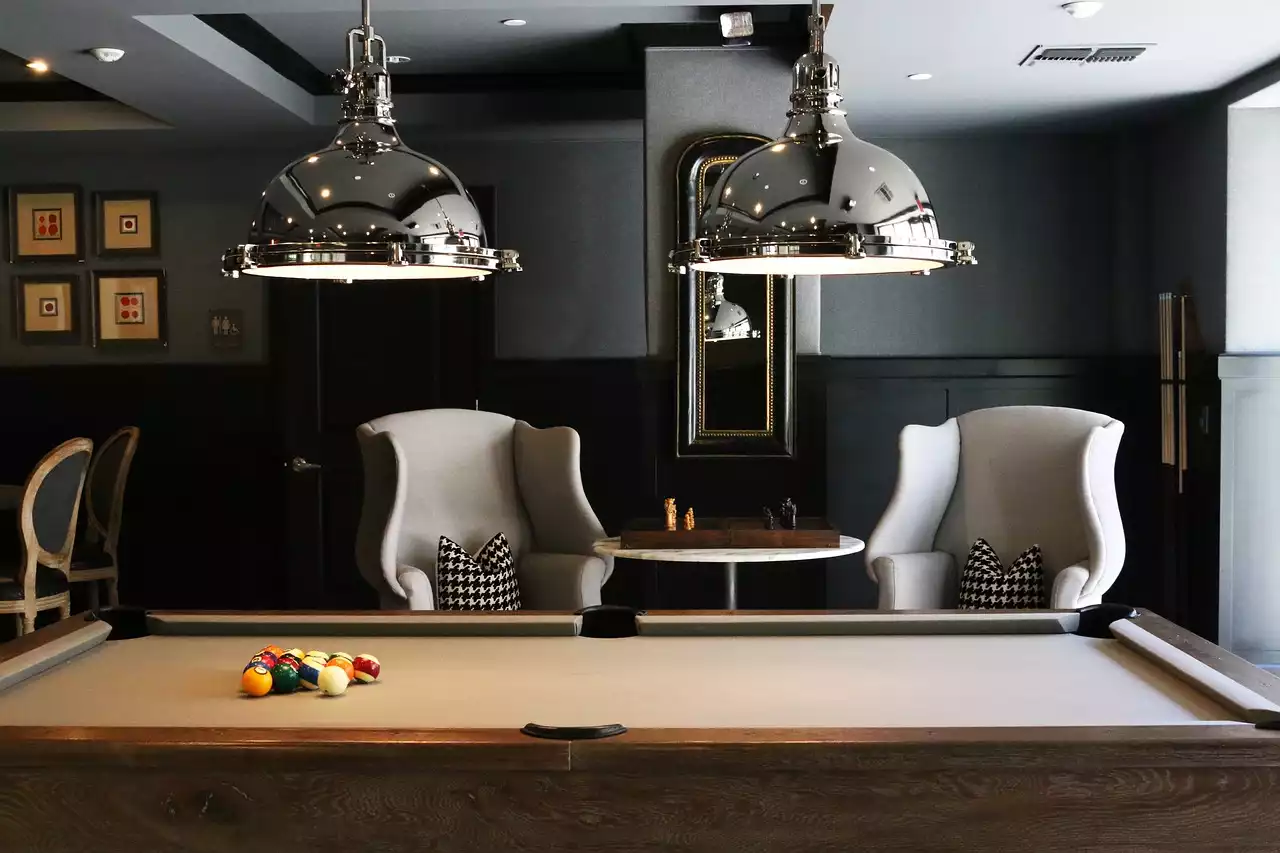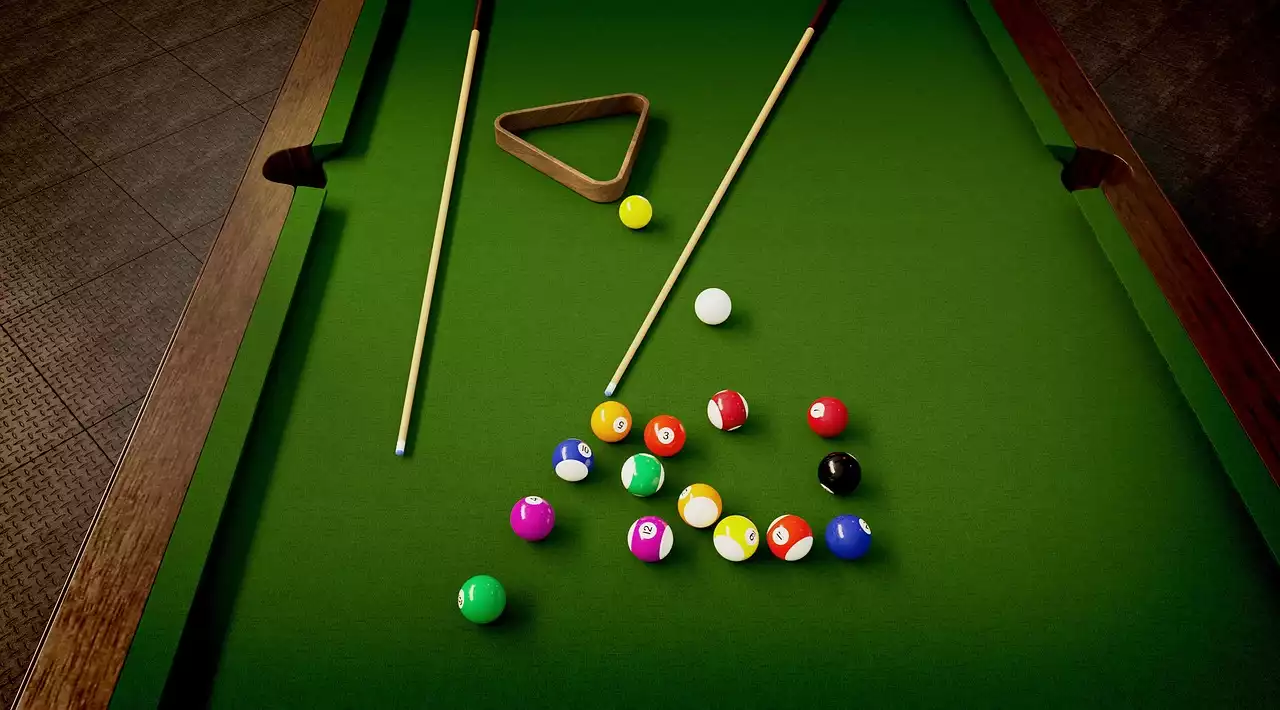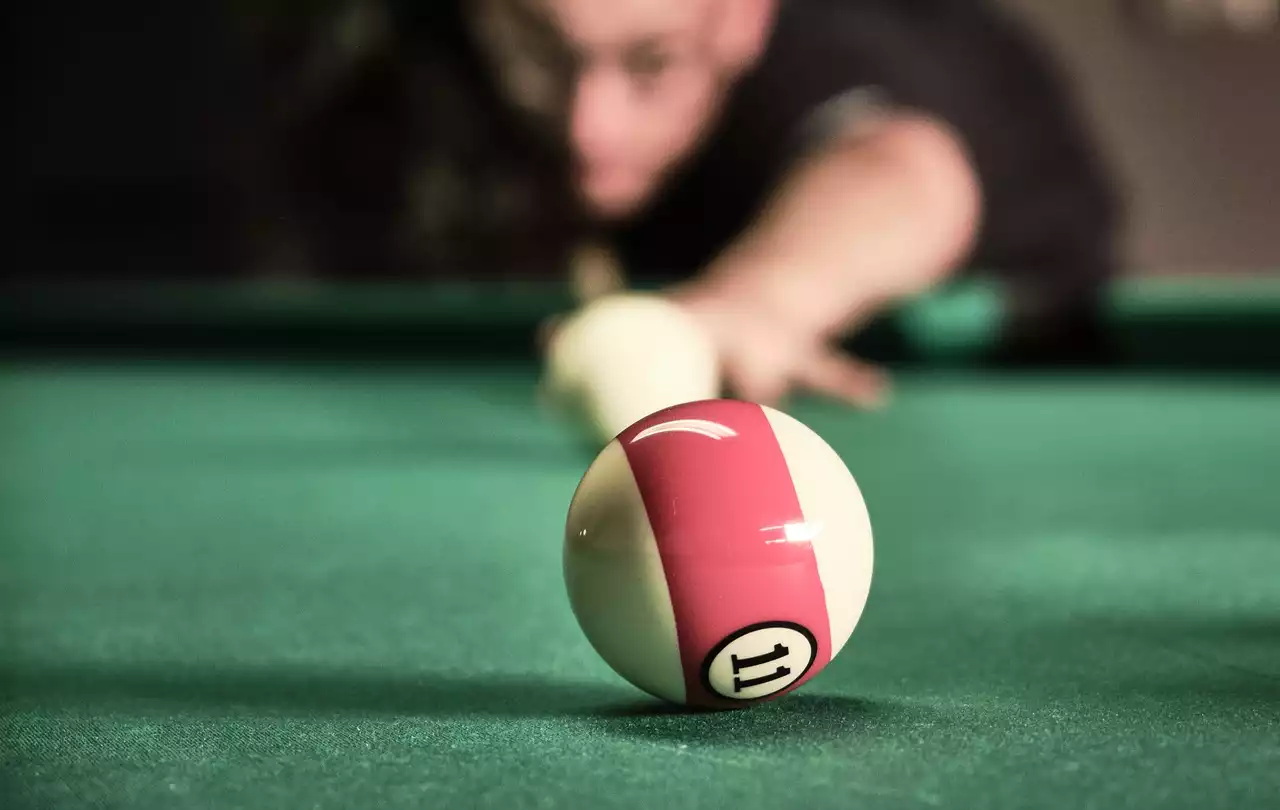Anatomy of a Pool Cue
Before we dive into the details of choosing the right pool cue, let's take a closer look at the anatomy of a cue. A pool cue is typically made up of several parts that work together to provide the perfect shot. These parts include the tip, shaft, ferrule, joint, butt, and wrap.
The tip is the part of the cue that strikes the cue ball. It can be made from a variety of materials, including leather, phenolic, and carbon fiber. The shaft is the long, tapered part of the cue that connects the tip to the butt. The ferrule is the small piece that sits between the tip and the shaft and helps to protect the cue from damage. The joint is the part of the cue that connects the shaft to the butt, and it can come in a variety of styles, including 3/8 x 10, 5/16 x 14, and radial. The butt is the thicker part of the cue that you hold onto, and it can be made from a variety of materials, including wood, carbon fiber, and fiberglass. Finally, the wrap is the material that covers the butt of the cue and provides grip.
Understanding the different parts of a pool cue is important when it comes to selecting the right cue for your style of play. Each part can have an impact on the way the cue feels and performs, so it's important to consider each element when making your choice.
Types of Pool Cues
Pool cues come in a variety of types, including one-piece, two-piece, and three-piece cues. One-piece cues are typically the most basic and affordable option, and they are often used in bars and pool halls. Two-piece cues are more versatile and offer more customization options, as you can swap out the shaft or butt to create a cue that's tailored to your preferences. Three-piece cues are the most expensive option, and they are typically used by professional players who require the highest level of performance.
When choosing a type of pool cue, consider your skill level and style of play. If you're a beginner or casual player, a one-piece or two-piece cue may be a good choice. If you're more advanced and looking to take your game to the next level, a three-piece cue may be a better option.
How to Choose the Right Weight and Length of a Pool Cue
The weight and length of a pool cue can have a significant impact on the way it feels and performs. The weight of a cue is typically measured in ounces, and it can range from 16 to 21 ounces. The length of a cue can vary as well, with most cues falling between 57 and 59 inches.
When choosing the weight of your cue, consider your physical strength and playing style. A heavier cue can provide more power and control, but it may be more difficult to handle for some players. A lighter cue can be easier to handle but may not provide as much power.
When selecting the length of your cue, consider your height and arm length. A longer cue can provide more reach and power, but it may be more difficult to handle for shorter players. A shorter cue can be easier to handle but may not provide as much reach or power.
Understanding the Different Tip Materials and Sizes
The tip of a pool cue is a critical component of its performance, and there are several materials and sizes to choose from. The most common tip materials include leather, phenolic, and carbon fiber. Leather tips are the most traditional and provide good grip and control. Phenolic tips are harder and more durable, making them a good choice for players who frequently break or jump. Carbon fiber tips are the most advanced and provide the best grip and control.
When choosing the size of your tip, consider your playing style and the type of shots you prefer. A larger tip can provide more grip and control, but it may be more difficult to execute certain shots. A smaller tip can be easier to handle but may not provide as much grip or control.
Shaft Materials and Their Impact on Performance
The shaft of a pool cue can be made from a variety of materials, including wood, graphite, and carbon fiber. Each material has its own unique properties and can have an impact on the way the cue feels and performs.
Wooden shafts are the most traditional and provide a classic feel and look. Graphite shafts are more durable and can provide a smoother stroke. Carbon fiber shafts are the most advanced and offer the best performance and consistency.
When choosing a shaft material, consider your playing style and preferences. If you prefer a traditional feel, a wooden shaft may be a good choice. If you're looking for durability and a smooth stroke, a graphite shaft may be a better option. If you're a serious player looking for the best performance, a carbon fiber shaft may be the way to go.
Grip Styles and Their Influence on Your Game
The grip of a pool cue can have a significant impact on your game, as it can affect your comfort and control. There are several grip styles to choose from, including no wrap, Irish linen wrap, leather wrap, and rubber wrap.
A no wrap cue provides a simple, classic look and feel. An Irish linen wrap can provide a good grip and absorb sweat. A leather wrap can provide a more luxurious feel and better grip. A rubber wrap can provide the best grip and control, especially in humid conditions.
When choosing a grip style, consider your playing style and preferences. If you prefer a classic look and feel, a no wrap cue may be a good choice. If you're looking for a good grip and sweat absorption, an Irish linen or leather wrap may be a better option. If you're looking for the best grip and control, a rubber wrap may be the way to go.
The Importance of Balance and Straightness in a Pool Cue
When selecting a pool cue, it's important to consider its balance and straightness. A balanced cue will feel comfortable and natural in your hand, while an unbalanced cue can feel awkward and affect your shot. A straight cue will provide the most accurate shot, while a warped cue can cause the ball to deflect.
To test the balance of a cue, hold it near the center and see if it feels comfortable and level. To test the straightness of a cue, roll it on a flat surface and look for any wobbling or bouncing.
Additional Features to Consider
In addition to the basic components of a pool cue, there are several additional features to consider. Joint types, wrap materials, and design elements can all have an impact on the way the cue feels and performs.
Joint types include 3/8 x 10, 5/16 x 14, and radial. Each type offers a different feel and level of customization.
Wrap materials can include Irish linen, leather, rubber, and more. Design elements can include inlays, engravings, and other decorative features.
When considering these additional features, think about your personal style and preferences. Do you prefer a classic look or something more modern? Are you looking for a cue that's highly customizable, or do you prefer a more basic option?
Top Brands and Models of Pool Cues to Consider
When it comes to selecting a pool cue, there are several top brands and models to consider. Some of the most popular brands include Predator, Meucci, McDermott, and Viking. Each brand offers a range of cues with different features and styles.
To select the right brand and model, consider your budget, skill level, and preferences. Do you prefer a simple, classic cue, or something more advanced with advanced technology?
Maintaining and Caring for Your Pool Cue
Once you've selected the perfect pool cue, it's important to take good care of it to ensure it lasts for years to come. Regular maintenance and cleaning can help to keep your cue in top condition.
To clean your cue, use a soft cloth and a mild cleaner to wipe down the shaft and butt. Avoid using harsh chemicals or abrasive materials, as these can damage the finish.
How to Test a Pool Cue Before Purchasing
Before purchasing a pool cue, it's important to test it out to ensure it feels comfortable and performs well. Many pool halls and specialty shops will allow you to test out cues before making a purchase.
To test a cue, take a few practice shots and see how it feels in your hand. Pay attention to the weight, length, balance, and grip. If possible, try out several different cues to find the one that feels best for you.



